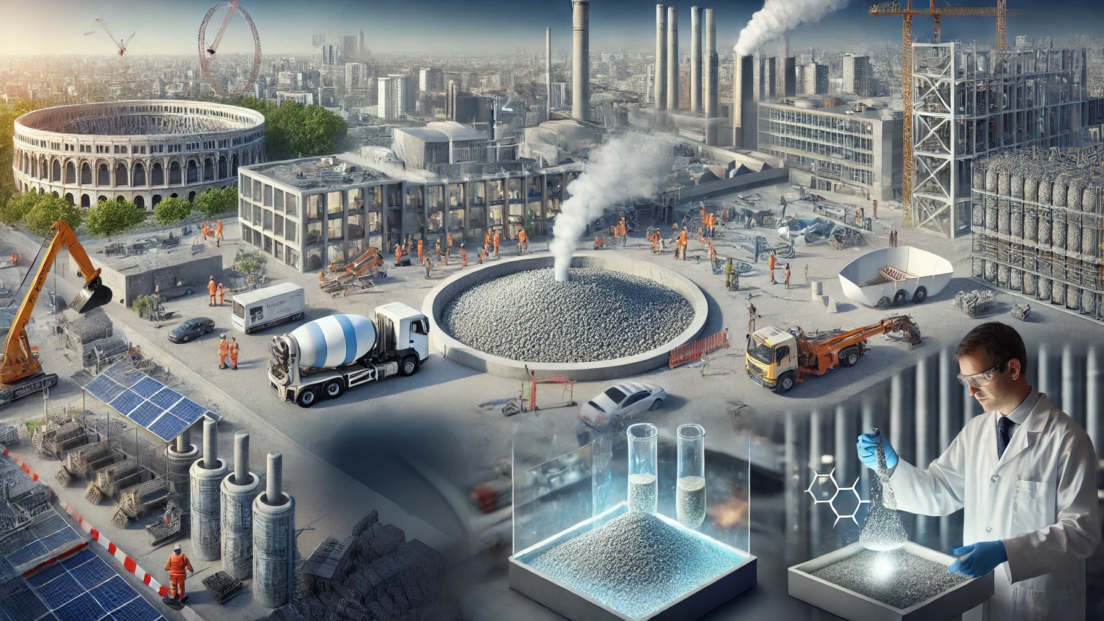Recycled cement is best suited for CO2 mineralization

Cement recycling is an affordable and efficient way to reduce emissions by mineralizing CO2 in recycled cement. A study shows this could reduce emissions from cement production by around 15 percent.
Cement recycling is a cheap and efficient way to reduce emissions if the cement is permanently mineralized with emitted and atmospheric CO2. Of the ten technologies examined in a study, the one that uses recycled cement paste from demolished concrete from infrastructure and buildings is the most effective and economical. It has the potential to reduce emissions from cement production by around 15 percent. This would have corresponded to a total of 0.8 percent of global greenhouse gas emissions in 2020.
This is the conclusion of a study led by researchers from Imperial College London, in which scientists from the Swiss Federal Laboratories for Materials Science and Technology(Empa) and the Swiss Federal Institute of Technology Lausanne(EPFL) are also involved.
According to a report by Empa, building materials are responsible for around 13 percent of global greenhouse gas emissions. Most of this comes from the production of concrete and steel. “Our findings suggest that CO2-mineralized cement could be a leading technology to help us decarbonize the sector,” lead author Rupert J. Myers is quoted as saying in the report.
According to co-author Ellina Bernard from the Empa Laboratory for Concrete and Asphalt, a broader application of CO2 mineralization using old concrete or other calcium-based industrial waste is limited by the amount of material to be carbonated. “However, CO2 savings of 15 percent in the production of building materials are not negligible.” Further work must now be done to optimize CO2 capture and recycling technologies and to reduce costs.